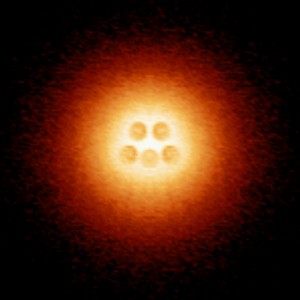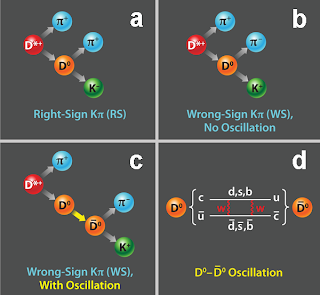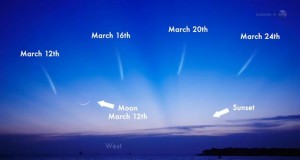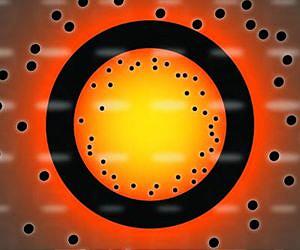 |
| The actin fibers of a nerve cell's growing axon are shown in red - NIH |
The cells of our bodies aren't just featureless bags of proteins. Many of them have distinctive shapes and structures that are essential to their function. Neurons, for example, extend processes away from their cell bodies for up to several feet. The lining of your intestines has a specialized surface for absorbing food. And when immune cells encounter an infected cell, they form a specialized surface that allows them to kill the infected cell without harming its neighbors.
To form all of these structures, the cell has to be internally specialized, with different regions having distinct sets of proteins and chemicals. But it's hard to study the processes that make one part of the cell different from another. Most of the tools we have are rather blunt and affect the whole cell equally. But researchers have reported a clever trick that lets them activate proteins in a specific location: stick them on a tiny magnetic bead, then move the bead around inside the cell.
Ars Technica: “Magnetogenetics” probes the inner space of a cell














